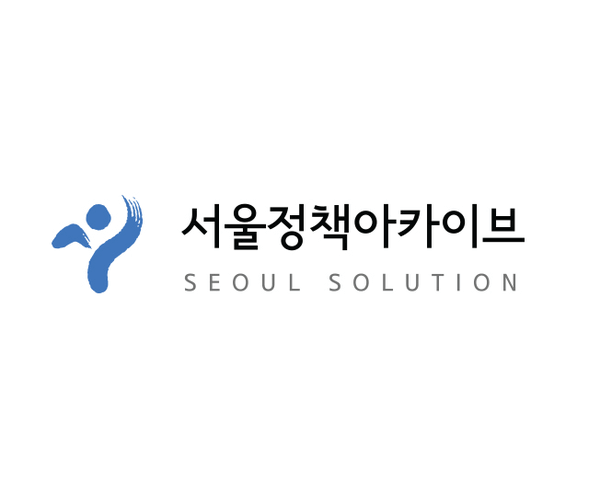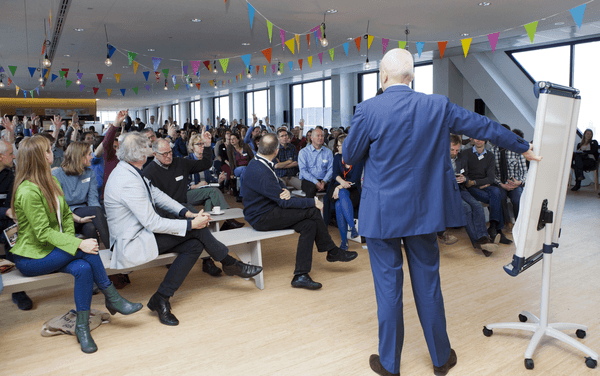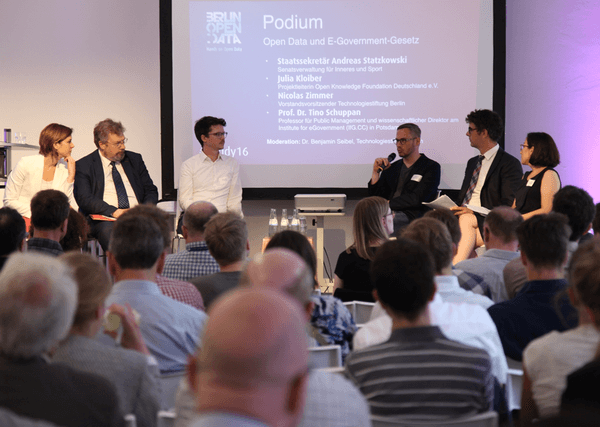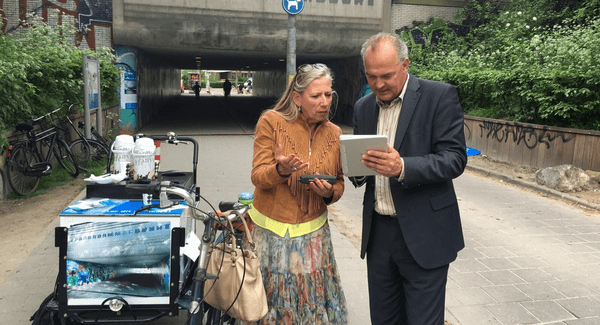The management system physically consists of the server, readers and electronic tag to be attached to the front windshield. Installed in 127 boxes in 14 spots in the city, the radio frequency identification systems identifies vehicles traveling on their no-drive day. A warning text message is sent to the vehicle owners who are caught until two times of violation, and they are deprived of the incentives and rewards on the third time of violation.
1. Reduction in car tax
Since 2006, participating vehicles registered in Seoul can benefit from a reduction in the annual property tax. In cases where the tag is removed or damaged, as well as the three times of violation, the vehicles are disqualified from receiving the benefit.
2. Discounts at selected public parking locations
Some of the public parking locations in Seoul and Incheon, Gyeonggi-do Province offer 20 to 30 percent discounts. The benefit, however, is not available at parking lots within the perimeter of the Four Main Gates of Seoul and in congested areas.
3. Discounts on the tunnel tolls at Namsan Mountain
As part of efforts to mitigate the congestion in downtown Seoul, the Seoul Metropolitan Government began charging vehicles traveling through the congested areas such as the Namsan Tunnel No. 1 and No. 3 KRW 2,000 per passage. A vehicle failing to pay on time faces a fine of 10,000 KRW, or five times the original toll fee. Vehicles committed to the campaign can get 50 % discount on the toll.
4. Priority parking in areas close to home
The city has the on-street residential parking permit system that grants a parking permit to qualified residents for a shared row of permit-parking-only spaces at a given rate. The program participants are given extra points or priority in evaluating the qualification.
5. Other incentives to motivate car owners
Beside the above-mentioned measures, car owners are rewarded for their dedication to reducing car use through a number of incentives: reduction in congestion tax; discount at petrol stations; discounted repair services; free car wash; discount in monthly insurance payments; social discounts including restaurants, bike rentals; bookstores, etc.
The biggest loophole of the previous no-drive day program lacked a mechanism to monitor whether the participants stick to their commitments or not. With a view to tackling the limitation, the mileage system was introduced to provide them with flexible mileage points corresponding to the reductions achieved in their driving distances. The Metropolitan government signed an MOU with three local insurers as well as related state-run agencies and civil groups to push for the mileage program and conducted a pilot project for six months with 50,000 citizens participating.



